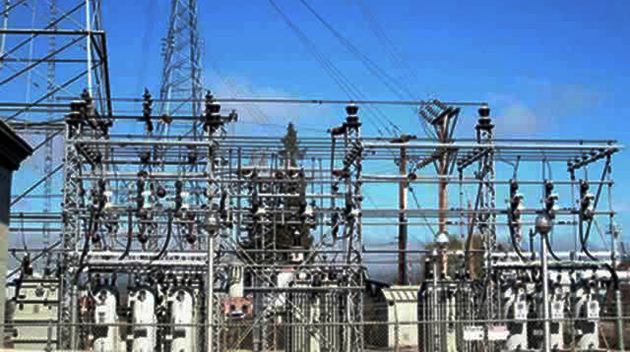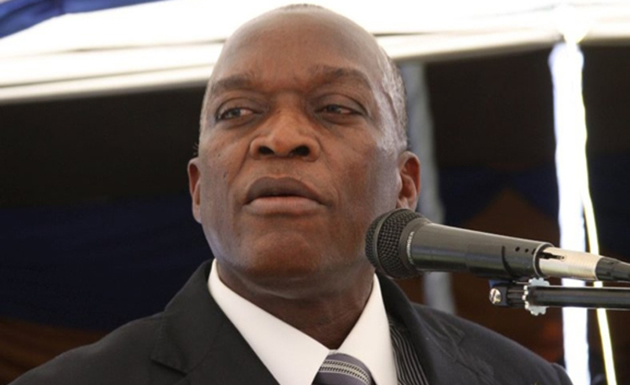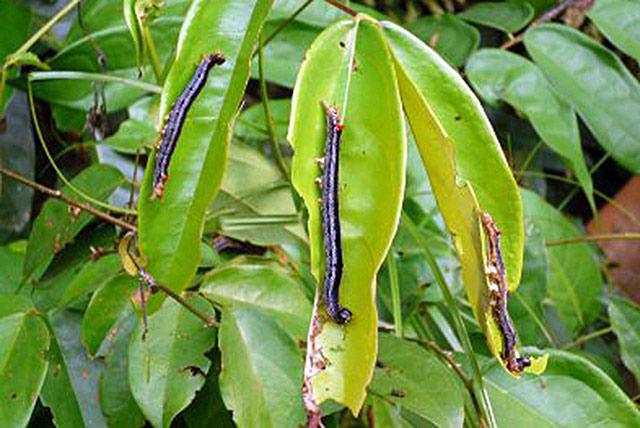‘Kariba South expansion on course’

 Golden Sibanda recently in Kariba —
Golden Sibanda recently in Kariba —
ZESA Holdings says construction works to expand Kariba South Power Station’s generation capacity is on course to meet the December 2017 target with the first unit expected to start pumping 150MW into the national grid by Christmas.
Zimbabwe Power Company’s project manager for the Kariba South Power Station expansion project Engineer Edmond Mukahadira said overall project progress was at 71 percent.
This comes as ZPC has been allocated more water by Zambezi River Authority for power generation this year while the expected normal to above normal rains are projected to result in significant inflows into Lake Kariba.
Eng Mukahadira said this during a tour of the Kariba South Power Station expansion project by members of the Parliamentary Portfolio Committee on Mines and Energy chaired by Daniel Shumba, which expressed satisfaction with the work Zesa has undertaken to resolve power shortages in the country.
The power plant had a design capacity for 750MW, but will have its capacity increased to a combined 1 050MW when units 7 and 8 come on line.
Eng Mukahadira said unit 7 was at an advanced stage and on course to start power generation on December 24 while the second unit will come on line in March next year.
“In terms of overall project progress, we are at 71 percent. The first unit will be commissioned on December 24, 2017 while the second unit will be commissioned on March 10, 2018,” he said.
ZPC chair, Engineer Stanely Kazhanje added that “we are on target and we are happy with the progress to date”.
Eng Mukahadira said that in terms of the ongoing works, there are on-site and offshore works which include civil engineering, manufacture of electro-mechanical and electrical equipment to be used on the project.
“Manufacture of electro-mechanical equipment is now at 62 percent, most of the hydro-mechanical equipment has been delivered while some of it has already been installed, and electrical equipment is at 82 percent.
“A total of 3,1 kilometres of access adits (tunnels) have been excavated,” Eng Mukahadira told legislators.
He said that about 85 percent of the civil works have been completed. It is expected that the project will be completed within the budgeted total cost of $533 million, including development cost to be added to the $354 million cost of the engineering, procurement and construction contract awarded to Sino Hydro.
The coming online of unit 7 coincides with anticipated increase in water inflows into Lake Kariba, which would increase the amount of water available for the purpose of generating electricity.
ZRA, which oversees the Zambezi River, allocated Zimbabwe and Zambia, which share the river, 15 billion cubic metres each from 10 billion cubic metre in 2016. The two countries, which generate power on the northern and southern sides of the Zambezi River, were allocated 10 billion cubic metres each last year, as part of cautious measures taken to avoid depleting the lake, which did not receive significant inflows.
Kariba Dam draws most of its water from Northen Zambia while only two rivers namely Sanyati and Gwayi provide the bulk of 20 percent of the hydrology from Zimbabwe that flows into the lake.
While the lake can rise to levels of 484 metres when filled to capacity, the drought in 2014-2015 saw the lake water levels dropping to record lows and is currently averaging 477 metres.
When the lake is full, the water levels at which the lake can be used to generate power is equal to 35 percent of capacity while the remaining 65 percent is considered “dead water”, as it cannot be used for generating electricity.
“Our highest inflows come in the month of May, June and July and we expect this year the lake may give us a favourable level,” Kenneth Maswera, general manager, Kariba South Power Station, told the lawmakers on Thursday last week.
“This year we’ve been allocated 15 billion cubic metres of water for Kariba South Power Station (from 10 billion for the2016 hydrological year).
“When the lake is full, the dead storage is 65 percent and the live storage, which we use to generate electricity is 35 percent.”
“Last year we got 10 billion cubic metres (of water) allocation (from ZRA).”









Comments